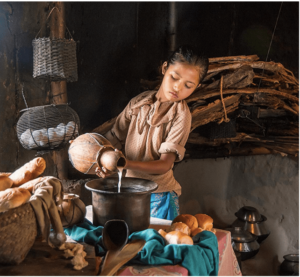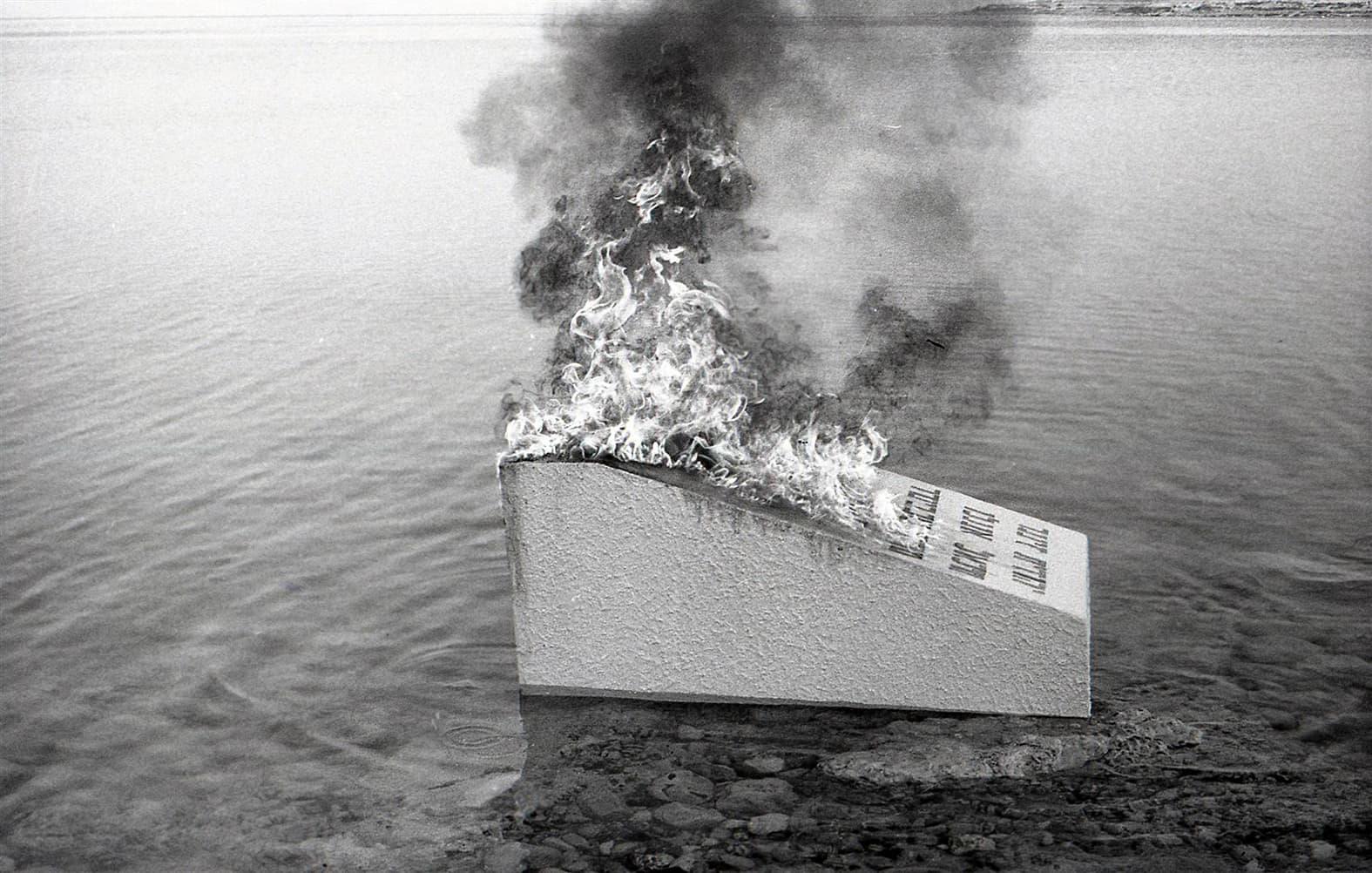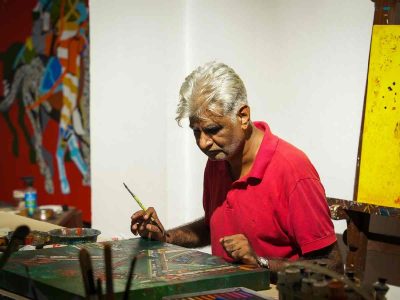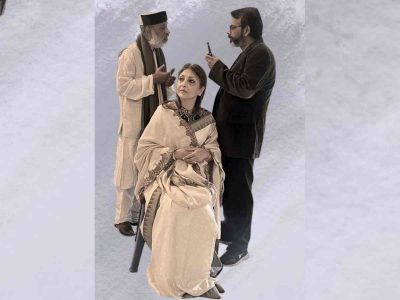India International Centre’s latest exhibition is an attempt to examine how Indian motifs and influences are expressed in Israeli art
Presented by India International Centre, “Heat and Dust” – Between India and Zion’ does not reflect the popular presentation of India – the exotic, photographic-geographic view of India as a land of colour and contrast, well-known to the Western viewer.
Instead, the online exhibition attempts to investigate how artists in a wide range of media use their work to represent hidden and revealed aspects of India and its culture.
Most of the artists are Israeli, while some are descendants of the Jewish communities in India who live in Israel or the United States. Some of the artists are Israelis who travelled in India for a long or short time while others live here permanently. Another group of artists are Indians who live or have lived for long periods in Israel.
It features the works of artist Revital Arbel, Andi Arnovitz, Siona Benjamin, Chanchal Banga, Dorit Lombroso, Rachel Rotenberg, Eyal Segal, Maya Smira, Hadas Parush, to name a few.
The works on view reflect several unifying themes, sometimes concealed, sometimes revealed. The artists confront issues of identity and belonging – a duality of “here” and “there.” They do so by suggesting terms, questions, responses and original interpretations that have filtered into Israeli culture from India.

“Hundreds of thousands of Israelis have visited India, and they are certain to return there post-Covid. Indian cultural expressions such as yoga, meditation, music, dance, and Hindu and Buddhist philosophy have a growing influence on Israeli culture and society. This is partly due to the many Israelis who visit on their post-army tour and return for repeat visits. But beyond the interest generated due to tourism, we can identify lines of similarity in history and culture. The countries gained independence in parallel – India in 1947 and Israel in 1948, both following a struggle against the British. Perhaps the most prominent point of similarity is that both cultures, Indian and Jewish, have an ancient history. They have preserved cultural continuity for thousands of years, yet they continue to develop in today’s world,” reads the curatorial note.
In 1992, full diplomatic relations were established between India and Israel, after forty years of political disconnect. This exhibit is a first attempt to examine through artistic perspective how Indian motifs and influences are expressed in Israeli art, after thirty years of formal relations between the two countries.
The works are a further development of an exhibition titled “India – Here and There” which was exhibited in Arthura Art Gallery during June 2021.
The exhibition can be viewed at the website of India International Centre till July 25





